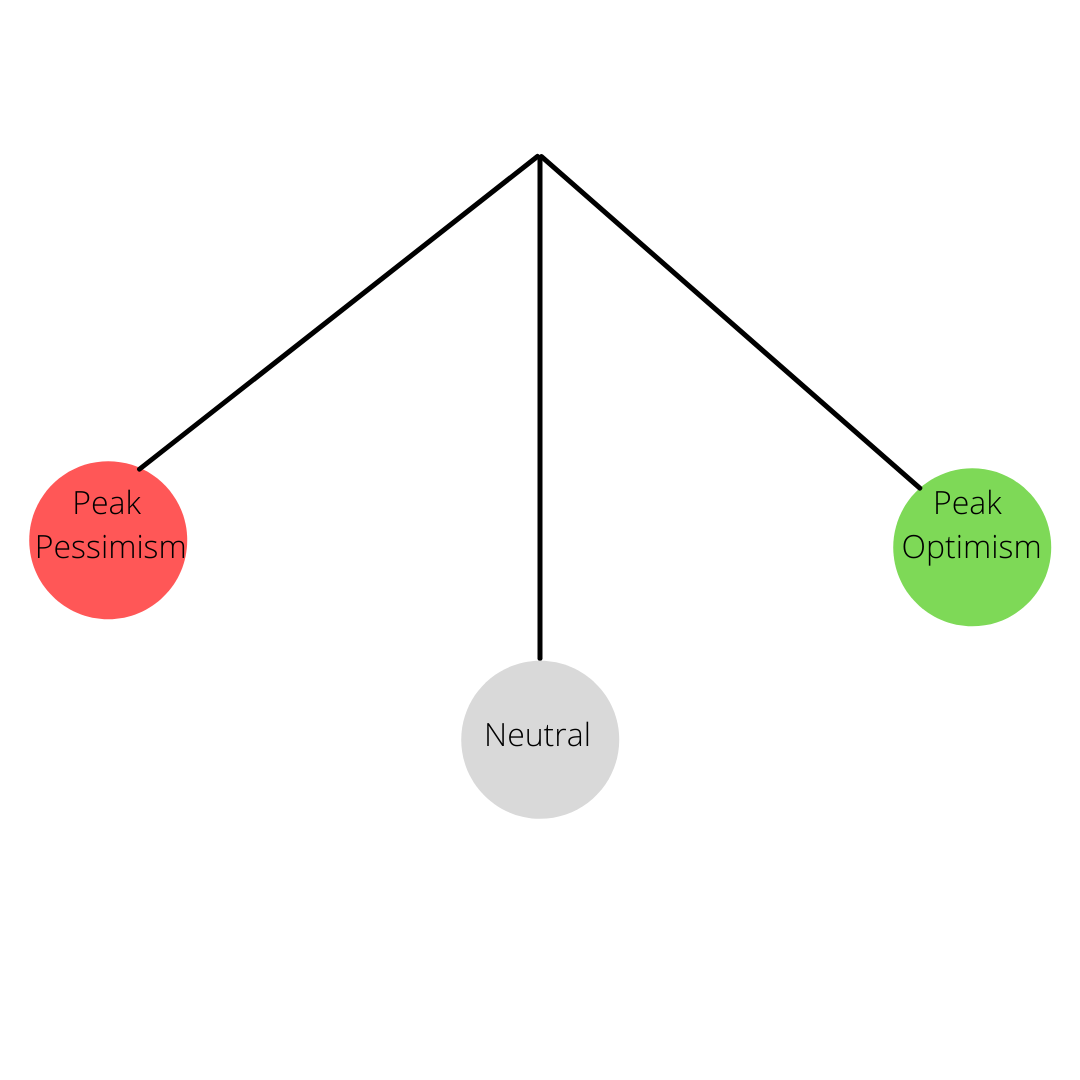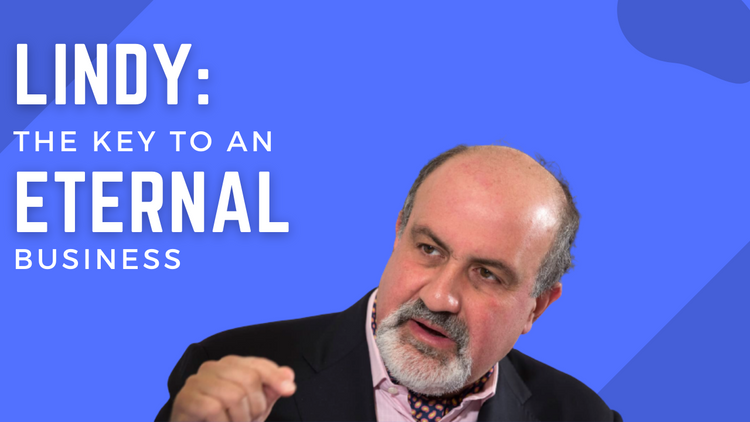You have NEVER understood bubbles

In the year of 2021 many prominent investors have outlined both the size and imminent threat of a bubble across all asset markets. Real estate, stocks and by association, cryptocurrencies (remember, cryptocurrencies act more like stocks than they do as 'stores of value' like gold), have reached soaring heights that have been off the back of money printing and historically low-interest rates. What does this lead to? More money to spend and less risk from borrowing money, driving up demand for the asset classes. Prices of property and company valuations (both public and private) have reached a state that is becoming hard to justify for people who look for value, with hype and social trends causing crazy moves that defy the logic that one would assume the financial world would be grounded in.
This has become even more self-evident in the 'Wild West' that is cryptocurrency which, most can agree will leave a significant mark on the world. But still these markets are plagued by volatility. Prices are sensitive to the most innocuous changes in the landscape. What does this volatility actually mean? It means people are not sure what the value of cryptocurrencies actually are. No one has a tried and tested method of valuing them. There isn't consensus on what the legendary Peter Lynch would say is "Growth at a reasonable price." People buying do so because they see a quick dollar to be made, or because they think it will grow.
Needless to say, that there is a lot more scrutiny placed on other investments, and it’s a perfectly defensible argument to say that it is still very early days for cryptocurrency, and that it really is irrelevant if it is in a bubble if someone holds on for 10 years.
So that leaves us with the question: Oscar, why are you writing this article? What do I have to gain from reading this?
Firstly, it is to teach a lesson about bubbles and how they are formed, why they can be good, and when to act (that is the hard part). This is by no means an exact science, and a large swath of the legendary investors do well, and save time and stress by almost ignoring them. They're happy with the price they got their investments at, that's why they bought them, and they'd lick their lips at the opportunity to buy them at a cheaper price.
Secondly, a severe dip in the price of cryptocurrency might have to do more with global sentiment than anything inextricably linked to the efficacy of cryptocurrency. As a result, the 'why' behind the price drop (or rise) is just as important as the 'by how much' when you're questioning whether to buy or sell something. So this article is addressing the 'why' behind why you might have a tough time in the foreseeable future with cryptocurrency.
The Big Short
The Big Short - a legendary story of a few outsiders who bet against what was seen as one of the most safe and stable sectors known to man: The housing market. Now there is a very interesting lesson to be learned from that misconception which led to global financial disaster, but for now I want to point your attention to Michael Burry who was the first to make this very profitable bet.
Many have asked him, "How did you see it coming?" And he gave a very detailed answer that can be summarised into a single phrase - Barrier to entry.
In the years leading up to the housing crash it had become as easy as it had ever been to buy a house with a mortgage. The US government had put pressure on financial institutions to increase their low-income lending portfolios, and these institutions were more than happy to oblige. They rolled out a whole host of different terms and conditions to the point where you didn't need an income to get a mortgage. You could even opt to not pay the first two years of your mortgage.
Because the barriers to entry became non-existent, the rise in home-ownership and housing prices was no longer correlated to traditional catalysts of such an event (Like a rise in wages). This is by no means the whole picture. There were many instances of fraud and blatantly unethical practice which magnified the disaster of the US housing market. However, the fuel for the fire was most definitely the access to home-ownership for a large portion of people who did not know the risks involved.
Fast-forward to today where ETFs, index funds, automated investing systems and options have been offered to the general public as investment vehicles, and we can see a similarity to the first part of the concoction that caused the 2008 financial crisis. Add to that the economic circumstances mentioned above (central banks and governments trying to stimulate investing with low interest rates, stimulus and money printing), and you can see how money is being poured into investment avenues that investors aren't even aware of.
Michael Burry has taken specific concern to ETFs which cover broad markets and industries. Within these broad markets and industries are companies that do not deserve the investment. Now we have the second part of that concoction: the dilution of feedback loops.
So if you decide to listen to the forecasters (be careful) and they tell you we're in a bubble. They are most definitely right. The stock market has reached new heights that are very hard to justify, especially given the fact that we're still getting over a pandemic.
Marks of a Bubble
Howard Marks, one of the most acclaimed fund managers that deal with stocks released a memo in 2004 entitled The Happy Medium. I recommend it for anyone who invests in public markets in general because it provides a poignant characterisation of markets.
When listening to the forecasters you can hear terms like bubbles, booms, busts, market corrections, bull market, bear market, all of which designed to describe the state of the union so to speak. What Marks does is describe the tension between the dualities that feature heavily in these markets: Greed and fear, Risk tolerance and risk aversion, glass half full or empty...
His general point is that the nature of the market's sentiment is very much a pendulum. Swinging between the pessimism and optimism polarities. It is at these polarities that action can be taken.

Previously I mentioned how there was a misconception about how safe the housing market was in the US. It was almost impossible for their to be more optimism about the state of the market. Here we must recall the lesson of the Shoeshine boy: When everybody else is at peak optimism, the market literally cannot go any higher.
Signs of peak optimism are around. The Warren Buffett Index is as high as it has ever been (The value of the US stock market compared to the size of the US economy), and the amount of debt investors have taken on to buy stocks and cryptocurrencies is also at record highs. There has never been this level of optimism before.
Opportunities
"Be fearful when others are greedy and be greedy when others are fearful."
- Warren Buffett
The fact is that no one knows how high we can go, so you might do yourself more harm than good by waiting for the market to turn. Remember, if you bet against the stock market in 2005 you would have lost money over the course of the worst financial crisis since the Great Depression, so proactivity isn't necessarily the best foot forward. There are too many unknowns to do that.
Instead, it might be wise to choose versatility. Having dry powder to spend, being invested in liquid stocks and cryptocurrencies (high trading volume, plenty of buyers and sellers), and being positioned to bet against the stock market when it does turn through accessible ETFs are all great ways to take advantage of a run that may seem too good to be true and prepare for the potential downside.
First Principles
When general sentiment is at the polarities of the 'pendulum', going against the grain can be effective
It may be better to be versatile rather than proactive in fragile times. No one knows what will happen next so its important to deal in what we do know





